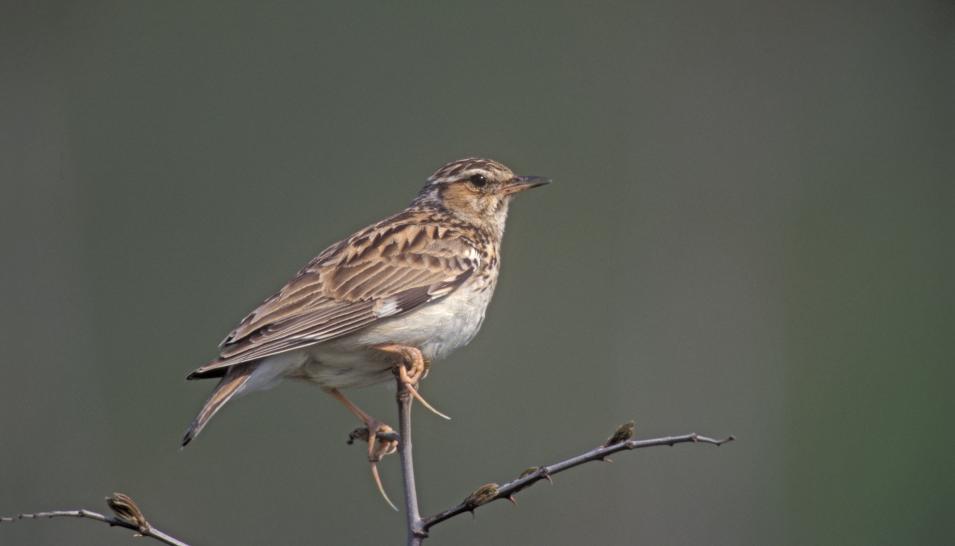"March - The Song of the Lark" is a classic piece of Tchaikovsky's piano suite "Four Seasons".
In the year 36, Tchaikovsky received a letter from a magazine called The Novelist, which asked for a piano suite based on the climatic characteristics of each month of the year and the customs of Russian life, and each piece of music provided a small poem with the corresponding content of a Russian poet. Tchaikovsky gladly accepted the invitation, and "March – The Song of the Skylark" is one of the songs in "Four Seasons" that represents spring.

This piece is a single trilogy with a relatively simple structure.
Although the introductory part is only two bars, it is not small, it explains the desolation and melancholy of the theme, allows us to grasp the overall feeling of the music, and clarifies the speed and strength of the whole song.
The first part is the presentation paragraph. The main body appears with the accompaniment of the low voice, the main body unfolded by the texture writing method with polyphonic factors, the staggered appearance of the high and low voice parts, and the bowl-like undulation of the melody are all very prominent features of the work. This section depicts larks chirping in the branches, giving people the news that spring is coming.
The second part is in stark contrast to the first part, with the key shifting from G minor to its relation to B major, gradually fading the musical color of the first part, becoming slightly faster, and gradually increasing the intensity. This part seems to imitate the happy throbbing figure and gentle singing voice of the lark, making us feel as if we see the lark playing and beating in the branches.
The third part returns to the G minor, and the theme material is still the material of the first part, but it has been expanded by four bars, so that the music is more smooth and complete.
The epilogue develops with a musical phrase that presents the musical section, and the strength is also from weak to extremely weak, showing the scene of the skylark singing and flying and then gradually flying away, and the last note at the end uses a longitudinal notation, giving people an endless feeling of evocation.
Executive Producer/Zhu Geqian
Audit/Ying Wu
Editor/Yisha Lee
-END-
Music exam highlights